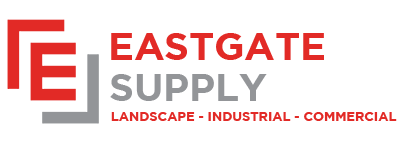EnkaMat ASV-7020 - Ventilating Mat
FREE SHIPPING
EnkaMat 7020 ASV is a 3D multi-use mat, with continuous nylon filaments fused where they intersect. It is used in metal and ballasted roofing applications where spacing of the roof will provide the ventilation and drainage needed for a long service life. EnkaMat 7020 ASV also reduces roof noise from rain.
Looking for the Enkamat 7020 for turf reinforcement? >









